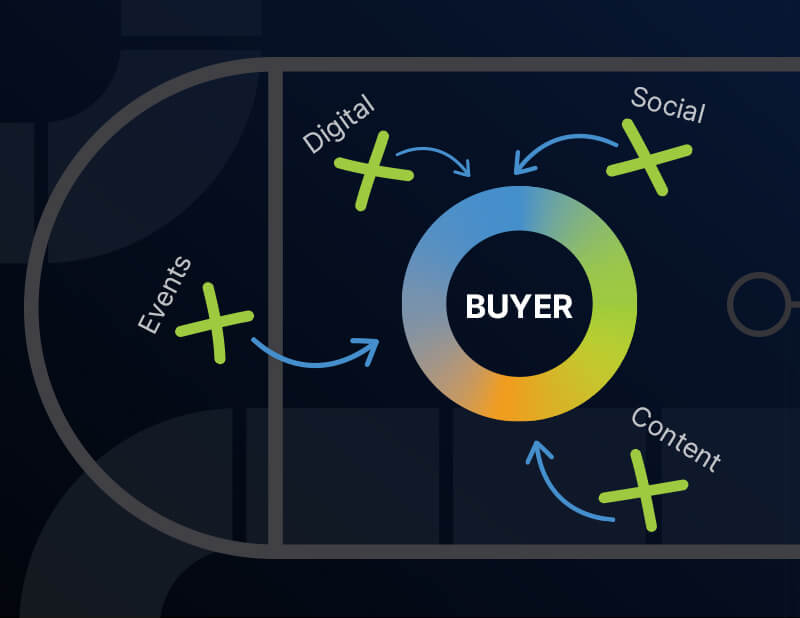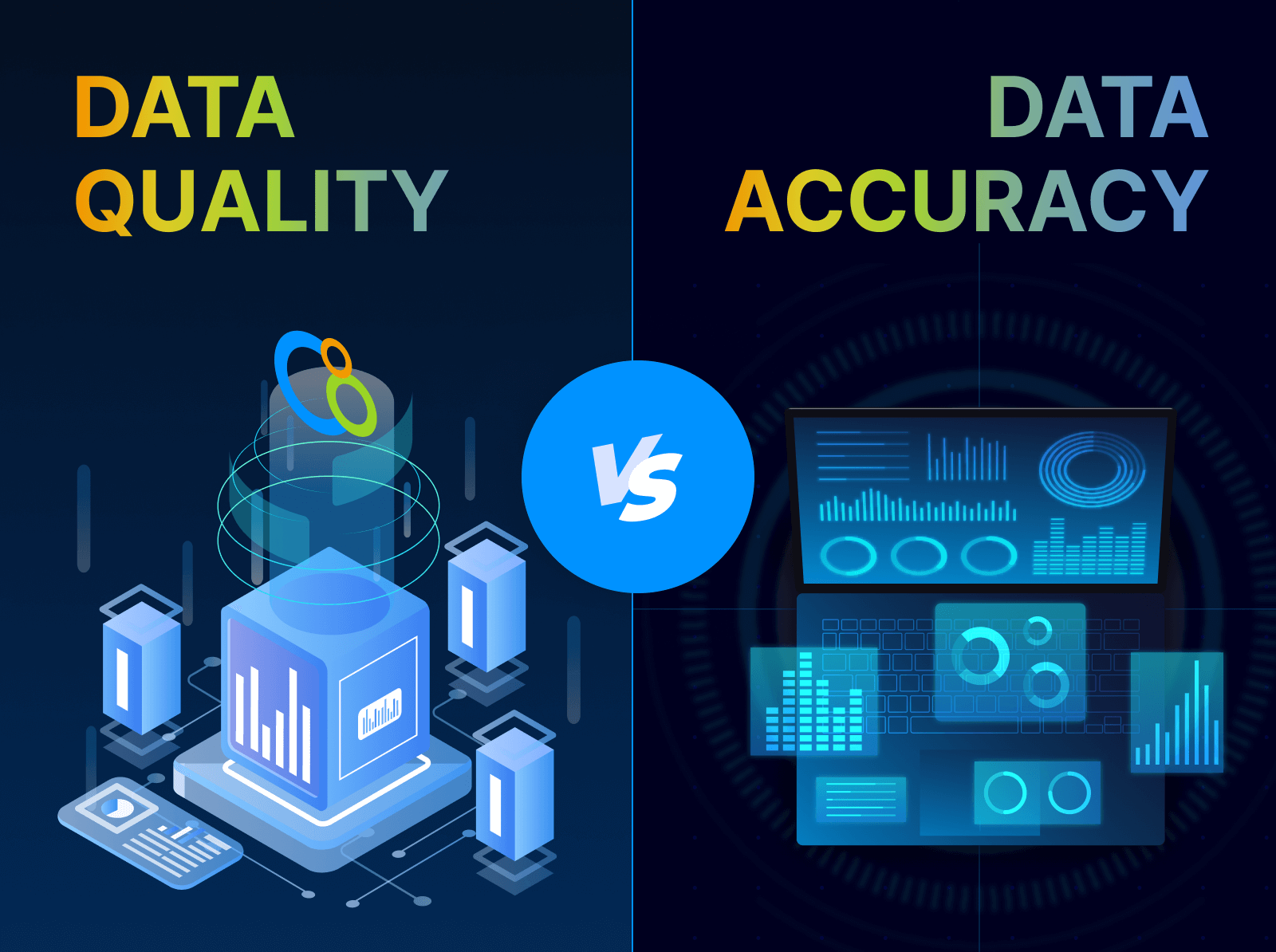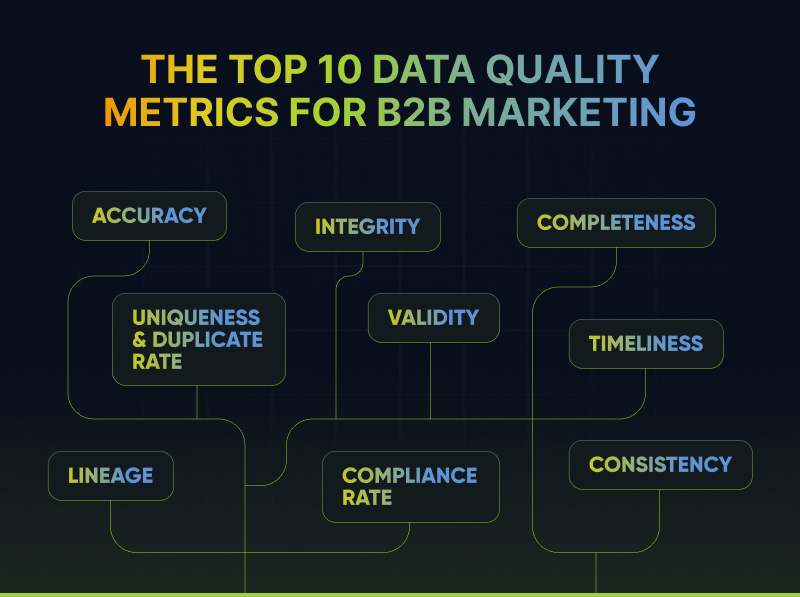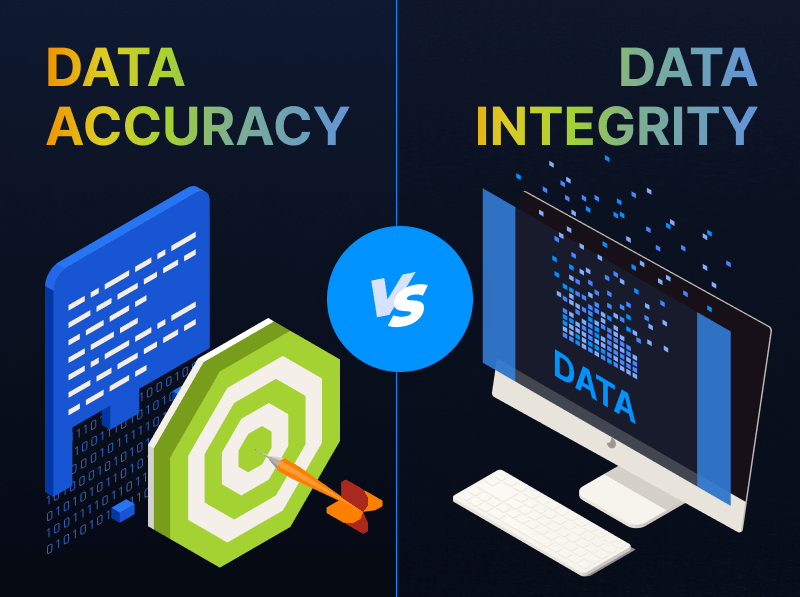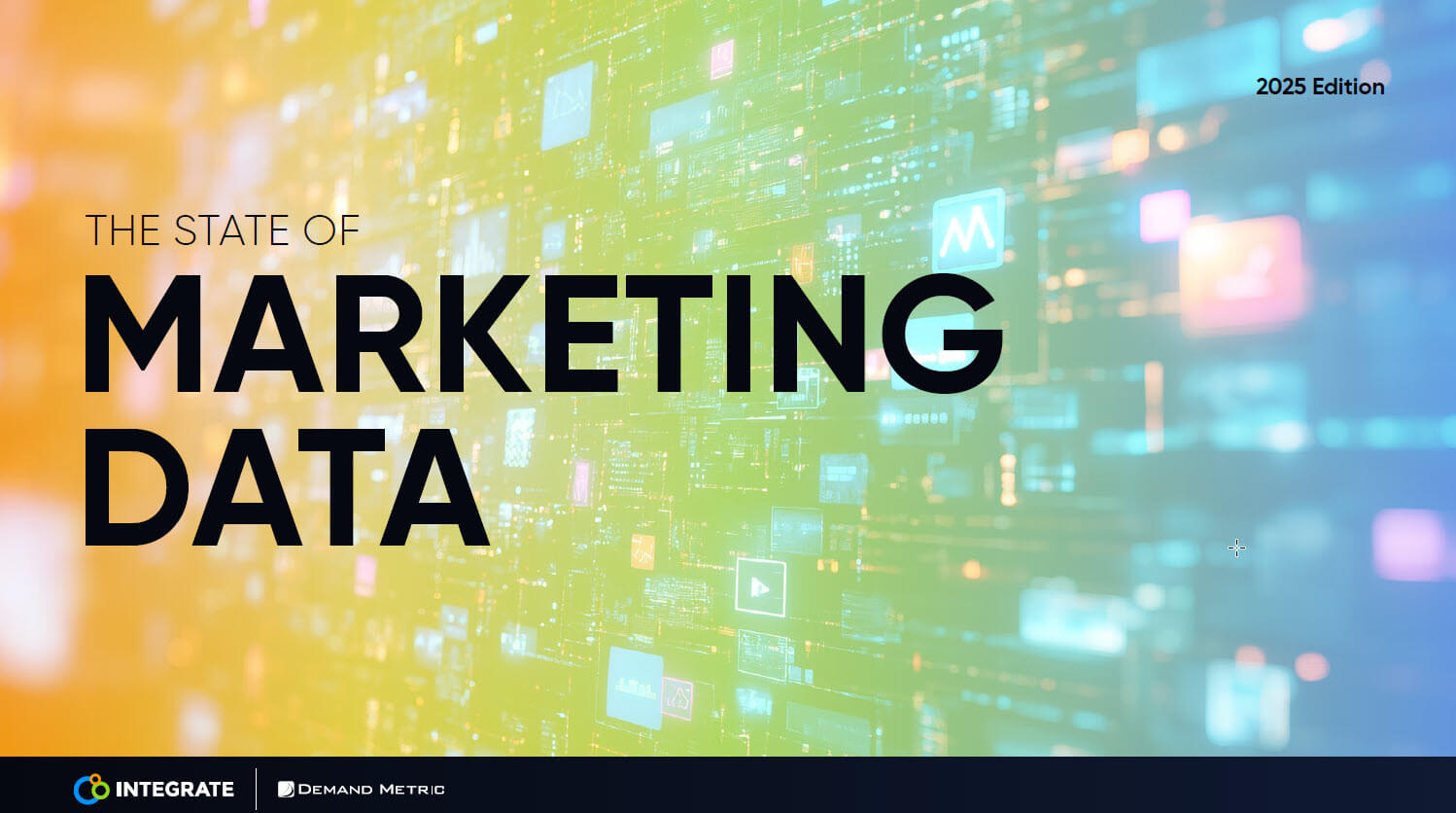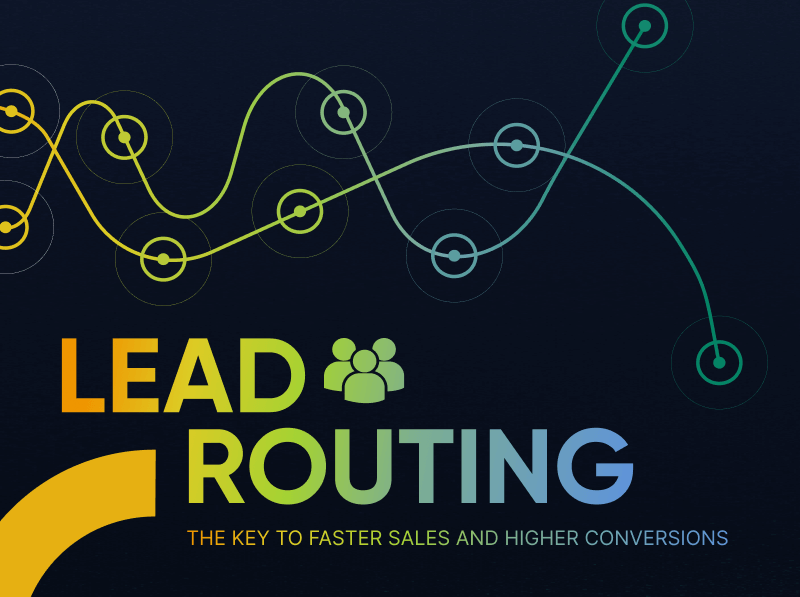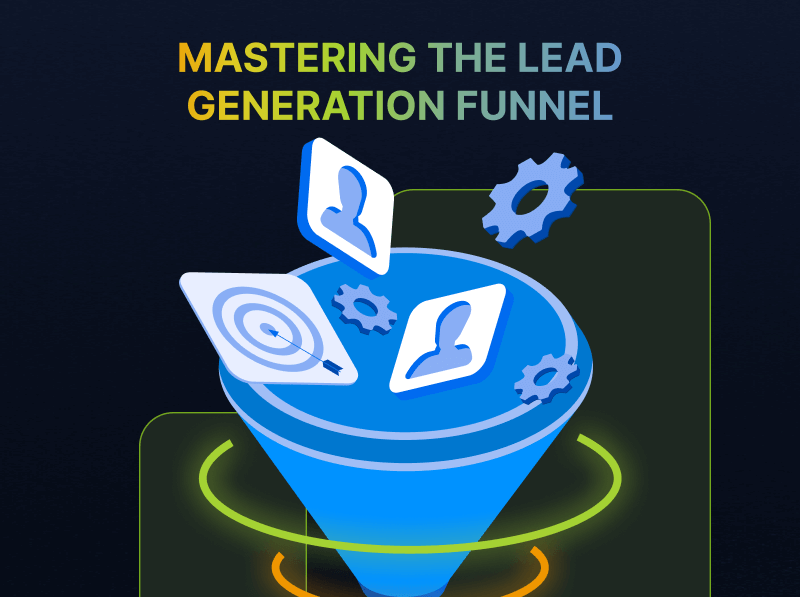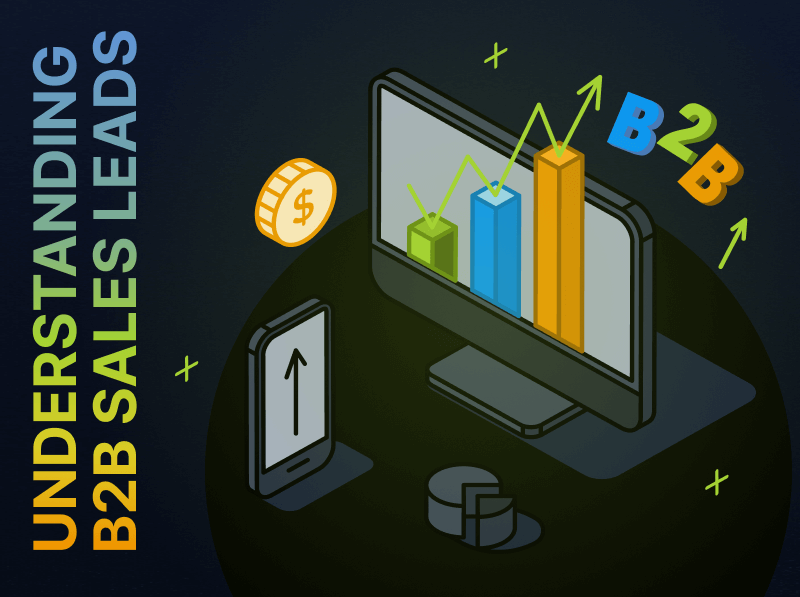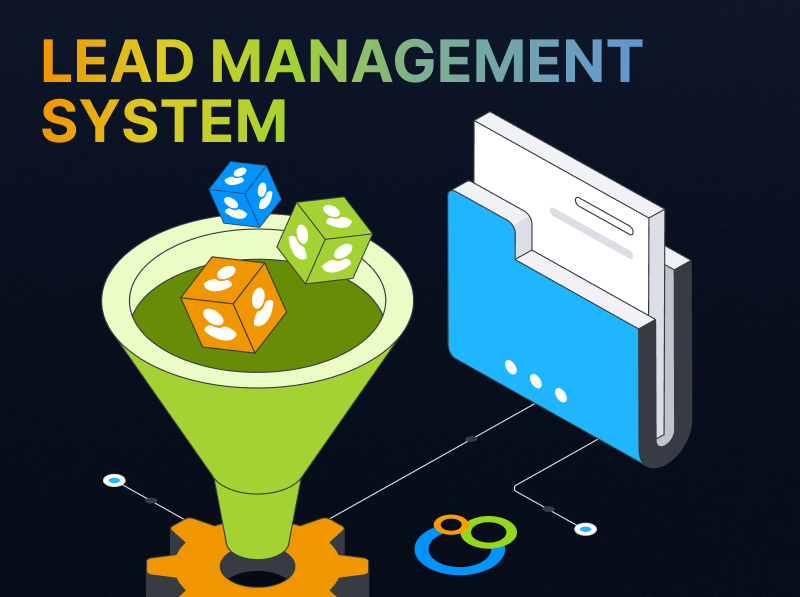The New B2B Playbook: Activate Your Target Account List and Win.
In today’s buyer-centric world, there’s a new set of rules. To cross the finish line, our B2B marketing playbook must change. To reach digital buyers when and where they’re ready to buy, you need more than just digital display and owned-channel activation. You need a process that activates in-market accounts on the third-party channels where buyers do research. The stakes are high. The statistics speak for themselves:
- A mere 15% of accounts are in the market at any given time
- Influencing opportunities in this buyer-centric environment can require 16-20 touchpoints per buyer
- Buyers spend only 5% to 6% of their purchase process engaging with a sales rep
The Kickoff: Establishing and Amplifying Your Account-Based Marketing Efforts
The playing field is more complex than ever. Buying groups are larger, and the number of relevant touchpoints needed across all channels in one buying cycle has grown immensely. This is precisely why it’s still critical for marketers to leverage Account-Based Marketing (ABM) strategies and develop their Target Account Lists (TAL).
But that’s only the beginning. While a target account list, even one informed by intent and predictive analytics, helps focus your efforts on the right accounts, it doesn’t help reach buyers in the 10+ channels where they do research today.
Thanks to the pandemic and the pressure it has placed on digital, delivering relevant, cross-channel experiences to buyers has never been more important. Buyers don’t want to waste time going through marketing funnels or sales funnels. They expect marketers to meet them on their terms, in the channels they prefer, with content that is valuable and engaging. As a marketer, you must adjust your game to your buyer’s preferences. By doing so, you can build trust and a sense of value from the first interaction through the entire buying experience.
So what’s the next move? Start doing more with your target account lists. Start enabling your team to overcome the challenges presented by today’s market.
Start changing the way you play the game.
The New Play: Cross-Channel Activation
At a time when you’re being asked to do more with less, when you’re balancing the need to drive account-level engagement with acquiring contacts, it’s vital that you connect with buyers and influence opportunities. You must focus your spend on high-impact, high-cost channels––the channels in which accounts are showing interest. This is where cross-channel activation comes into play.
Cross-channel activation enables you to do more with your target account list and maximize your investment in account-based marketing. You can rely on the ABM platform you’ve already invested in to deliver data for identifying potential in-market accounts and targets. With a cross-channel approach, you can leverage the great targeting data from your ABM platform and activate those accounts on the channels where buyers are doing research, such as digital advertising, content syndication, events, virtual events, webinars, and LinkedIn.
By enabling you to activate target account lists and buyer personas beyond first-party channels, such as websites and emails, cross-channel activation connects all activity from one demand channel to the next, so you no longer rely on account-level interactions on a single siloed channel.
Executing the Play: The Cross-Channel Activation Process
To reach today’s buyers, it’s important to activate your target account lists and buyer personas across multiple channels in a step-by-step fashion.
- Identify Your Ideal Customer Profile (ICP). Any target account that is showing interest through engaging with your marketing efforts or is showing buyer intent by researching things that are relevant to you on third party websites should be selected for further activation. For example, if you run a virtual event, select the ICP accounts from the list of accounts that attended that event. If you’re currently using predictive analytics or intent data, you should select the ICP accounts your data intelligence solution identifies as in-market for further activation.
- Identify Your Channels. Once you’ve identified the accounts, identify the channels you want to activate them on, the number of channels to use, and the order of those channels. Try using these three channels in the following order: digital advertising, content syndication, and LinkedIn paid social. Follow the same process, one channel at a time, for all three, progressing the accounts through cross-channel activation.
- Activate. Beginning with the digital advertising channel, activate accounts with a persona-segmented digital ad nurture campaign to generate awareness. Measure the impact of the digital ad nurture to determine the list of accounts that engaged with the campaign. Take only the accounts that engaged with the nurture and prepare them for activation on the next channel – content syndication, for example.
Accounts that engage on one channel are showing interest by taking action. You can build on that momentum by activating the engaging accounts on another channel. In each channel, deliver messaging that’s relevant to the individual personas in the buying unit, the stage of the buyer’s journey they’re in, and addressing their pain points and business needs.
Game Time: Make the Most of Your Target Account List
B2B marketers have never been better equipped to develop a target account list than now, thanks to the first-party intent, firmographic, and buyer intent data provided by their ABM platforms. Your TAL has been engineered to identify accounts that may not have identified themselves. The time has come to do something with this valuable information. Leverage it to change the way you play the game. Use it to guide approaches in activating accounts across the channels in which buyers are doing research.
Integrate has developed a resource to show you how to take action on your target account list. Discover how to add greater precision in your approach to activating accounts on third-party channels while focusing with intent on all the accounts that are actively showing interest in purchasing—not just the ones provided by a data intelligence solution. Click through for The Guide to Cross-Channel Activation now.
